A common question, all mommies may be asking.
Well, first of all, congratulations… because you asking this means you ARE pregnant!
So, now what?
If you’re anything like me, you’re starting to read everything that’s ever been written about pregnancy and probably have a ton of questions.
So with that…
Check out this Pregnancy Due Date Calculator to figure out by due date how far along you are.
Table Of Contents
- 1 How Many Weeks Am I?
- 2 Pregnancy Terms You Never Heard Of
- 3 EDD (Estimated Date of Delivery)
- 4 Naegele’s rule.
- 5 Mittendorf Williams Rule.
- 6 Pregnancy Trimesters
- 7 How Far Along Am I From Fertilization From Implantation
- 8 Pregnancy Week By Week
- 9 # Weeks 1 & 2
- 10 #Week 3
- 11 Fertilization Of Your Eggs
- 12 Successful Implantation – What is implantation bleeding?
- 13 # 4 Weeks Pregnant
- 14 Early Pregnancy Symptoms – early signs of pregnancy before missed period
- 15 # 5 Weeks Pregnant
- 16 # 6 Weeks Pregnant
- 17 # 7 Weeks Pregnant
- 18 # 8 Weeks Pregnant
- 19 When do you start showing with your first baby?
- 20 # 9 Weeks Pregnant
- 21 # 10 Weeks Pregnant
- 22 # First OB / Midwife visit – How soon after I find out I’m pregnant should I see the OB?
- 23 # 11 Weeks Pregnant
- 24 # 12 Weeks Pregnant
- 25 Second Trimester
- 26 # 13 Weeks Pregnant
- 27 Hyperemesis Gravidarum
- 28 Miscarriage
- 29 # 14 Weeks Pregnant
- 30 # 15 Weeks Pregnant
- 31 Development Scan / Gender Scan
- 32 Fundal Height
- 33 Amniotic Fluid
- 34 What Is A Ultrasound Scan – why is it used and not used?
- 35 # 16 Weeks Pregnant
- 36 # 17 Weeks Pregnant
- 37 # 18 Weeks Pregnant
- 38 # 19 Weeks Pregnant
- 39 # 20 Weeks Pregnant
- 40 # 21 Weeks Pregnant
- 41 What’s Happening To Your Immune System
- 42 # 22 And 23 Weeks Pregnant
- 43 # 24 and 25 Weeks Pregnant
- 44 # 26 Weeks Pregnant
- 45 Third Trimester
- 46 # 27 Weeks Pregnant
- 47 # 28 and 29 Weeks Pregnant
- 48 # 30 Weeks Pregnant
- 49 # 31 Weeks Pregnant
- 50 # 32 and 33 Weeks Pregnant
- 51 # 34 Weeks Pregnant
- 52 # 35 Weeks Pregnant
- 53 # 36 Weeks Pregnant
- 54 # 37 Weeks Pregnant
- 55 # 38 Weeks Pregnant – The Week I Gave Birth
- 56 #39 Weeks Pregnant
- 57 # 40 Weeks Pregnant
- 58 Labor
- 59 Prenatal Testing
- 60 # NT Test
- 61 # CVS – Prenatal Test
- 62 # Amniocentesis
- 63 Related Questions:
- 64 Resources:
How Many Weeks Am I?
Again check my calculator above.
Getting back to the “now that I know I’m pregnant” thought…
You want to learn as much as you can about the changes you (and your little one) will be going through.
Most (human) pregnancies average 40 weeks or 280 days.
Every day of that pregnancy your baby, and your body is growing and changing.
We’ll cover those changes in the week by week detail below.
But let’s first talk about some of the terminologies your doctors, nurses, and technicians are going to throw around.
Pregnancy Terms You Never Heard Of
EDD (Estimated Date of Delivery)
The date you are expected to deliver your baby is called your Estimated Date of Delivery (EDD). This date can also be called the Estimated Date of Confinement (EDC).
To determine your EDD, your doctor will probably start counting forward 280 days from the first day of your last period, according to Naegele’s Rule.
Naegele’s rule.
This method was developed in the 1830’s and is still used today by most Obstetricians. Naegele’s method works well if you have regular, 28-day cycles. (My pregnancy calculator is below.)
Mittendorf Williams Rule.
If you have irregular cycles, a newer formula, named the Mittendorf Williams Rule (1990s), will probably be more accurate in calculating your EDD.
- You will want to take the first day of your last period and add nine months (or 273 days).
- Then you add fifteen days if this is your first baby and you are Caucasian.
- Add 10 days if you are not Caucasian, or this is not your first baby.
- Due date calculators that use the Mittendorf-Williams rule will take into account other considerations, such as how much caffeine you consume and whether you graduated college.
When calculated with the formula, some studies have found this method to be twice as accurate as Naegele’s Rule in calculating EDD.
Note: Very few women deliver on their EDDs – less than 5%. That means 95% of women deliver on a date different than their EDD/EDC. Most obstetricians give a 2-week window around the EDD (+/- 1 week on either side of the date), to better capture the dates moms give birth.
So don’t be surprised if your baby is born before, or after, your EDD.
Remember, its just a range and it does not mean there is a problem if you haven’t delivered by your EDD.
While there might not be a problem with the baby, anyone who has gone two weeks past their due date will tell you – by that time you just want the baby O.U.T!
Pregnancy Trimesters
Pregnancies are split up into weeks, months and trimesters.
Weeks and months are self-explanatory, right? So let’s talk trimesters.
What is a trimester?
A trimester is a third of a typical pregnancy.
So if pregnancy is 9 months, a trimester is 3 months long.
The first and second trimester each have 13 weeks, while the third trimester has 14 weeks.
How Far Along Am I From Fertilization From Implantation
Determining how far along you are in pregnancy can get confusing.
By the earliest time you could pee on that stick and get your positive, your baby (or babies!) is already at least three weeks old.
Confused?
Let me explain, using science. (Wait, don’t fall asleep yet – I promise this is helpful – and short!)
Pregnancy Week By Week
Below I will give you a simple description of baby development week by week. How many weeks is a pregnancy? 40 weeks:
This is how the process of conception is laid out.
# Weeks 1 & 2
When do pregnancy symptoms start?
On the first day of your *last menstrual cycle* (LMP), your body cleaned out the blood it stored to feed and nourish a baby – this is your period. Once you stop bleeding, your body starts the cycle again.
The first two weeks of pregnancy are spent gearing up to ovulate.
So technically you kind of do have a period while pregnant.
#Week 3
3 weeks pregnant or about fourteen days into your cycle, (although this date varies in each woman), you ovulate and an egg is released from your follicle.
After releasing an egg, your follicle develops into the corpus luteum.
It then releases a hormone which thickens the lining of your uterus, preparing it for a fertilized egg.
Fertilization Of Your Eggs
Your egg travels down your fallopian tube (for about 24 hours), waiting for a single sperm to fertilize it.
The lucky sperm makes its way into the fallopian tube and burrows into the egg, fertilizing it. Once fertilized, the egg changes its lining to prevent other sperm from entering the egg.
Instantly upon fertilization, your baby’s sex and genes are determined.
The sperm decides whether the baby will be a boy or a girl: if the sperm has a Y chromosome, your baby will be a boy – while if it carries an X chromosome, your baby will be a girl.
So, if you were hoping for different sex, talk to the father!
Once fertilized, the egg starts to divide from one cell to many cells.
It continues to divide as it moves slowly from the fallopian tube into the uterus, where it is looking for a home. Below is a microscopic image of the egg roughly 24 hours after fertilization.
Successful Implantation – What is implantation bleeding?
Once it finds a nice and cushy spot, it burrows into the lining of the uterus, hopefully for the next 9 months!
This is called implantation.
Signs Of Implantation:
Some women experience light spotting at the time of implantation, but most women do not know when a blastocyst has implanted.
Implantation of the blastocyst usually happens between 7 and 10 days after ovulation, or 21 to 25 days after the first day of your *last menstrual cycle* (LMP).
The blastocyst cells continue to divide, and start to separate into two groups: one to form the baby and one to form the placenta to nourish the baby.
# 4 Weeks Pregnant
In the last week of that first month, your uterine lining gets thicker and thicker, and your cervix starts to seal with a plug of mucus. (Sounds lovely, doesn’t it? Better get used to it… parenthood can be gross at times! But it’s still the best thing ev-aaah!)
So now you’re one month pregnant, and you probably don’t even know it. You might feel a few early pregnancy signs, but they mimic period symptoms, so it’s very difficult to tell you’re pregnant based solely on early pregnancy signs.
Most pregnancy tests will not detect pregnancy hormone until a few days *after* you would have started your next cycle (or a few days into week 5).
Early Pregnancy Symptoms – early signs of pregnancy before missed period
Your body is undergoing major hormonal changes while your baby is growing.
Everyone’s heard about pregnancy mood swings, right?
Don’t blame us – its the ever-changing level of pregnancy hormones that drive us from laughing to crying in two-seconds flat. Its not a myth, its science.
So if your significant other is looking at you like you’re crazy, just smile and remind them you’re pregnant for the next 9 months… Then cackle evilly and go take a bath or a nap.
Chances are you’re extremely tired and fatigued all.the.time right now. You are growing a baby after all!
Wait, there’s more though. Your breasts may continue to be tender and swollen as milk glands increase.
You may feel hungry and want to eat more than usual or have a craving for a specific food. (it was about that pickle juice!)
You might feel nauseous, or have food aversions if morning sickness has set in.
You might feel uncomfortable because as the blood flow increases to the kidneys, they produce more urine.
Which means more trips to the bathroom – already. (Better get used to it honey!) Do not cut back on fluid intake through – your baby needs the extra fluids to grow.
Some women experience more headaches in early pregnancy.
Again, blame those darn pregnancy hormones.
If you suffer from migraines, there is one piece of good news: most women experience reduced migraines as their pregnancy continues!
# 5 Weeks Pregnant
Month two begins with your baby’s neural tube forming. The neural tube later develops into the nervous system, including the brain, spinal cord, skin, and hair.
Their circulatory system is beginning to rapidly form, but the heart probably isn’t beating yet. And you can finally (probably) get a positive on a pregnancy test!
# 6 Weeks Pregnant
Ladies and gentlemen – your baby has a heartbeat! Growth is very rapid this week as blood begins to pump through the basic circulatory system and your baby is protected by amniotic fluid.
The umbilical cord develops, and eyes, ears, and mouth opening begin to form. On the sides, buds form that will later become arms and legs.
Your baby is now an embryo and is about 0.06 inches (1.5 mm) long, and has already tripled in size.
Incredible, isn’t it?
# 7 Weeks Pregnant
In week 7, your baby’s features grow more distinct.
His (or her), mouth, nostrils, ears, and eyes become more defined this week.
Remember that arm bud that formed last week?
It now has a hand at the end of it and looks kinda like a tiny paddle.
Arm and leg buds have distinct, slightly webbed fingers and toes at the ends. His skin is paper thin, and his veins are clearly visible.
Your baby moves around like a little jumping bean, and his liver is pumping out red blood cells until the bone marrow forms.
# 8 Weeks Pregnant
Week eight is the end of your second month and starts a period of rapid growth and development that will last until week 20.
During this time all the body parts that have developed, will continue to grow and become more specialized to do their jobs.
This week, your baby’s organs, muscles, and nerves are beginning to function.
Taste buds are beginning to form on the tongue.
Eyelids cover more of the eye, where pigment (color) is forming in the iris.
Your baby’s hands and feet can bend and are starting to lose their webbed appearance.
Buds that will grow into your baby’s genitals have formed, although they’re not developed enough to tell whether your baby is a boy or girl.
Your baby is a tiny bit over 1/2 inch long about now.
As your first trimester progresses, your body continues to change, and by now you might need a bigger bra or bigger clothes.
Your breasts will continue to grow throughout pregnancy, so purchase bras with good support.
When do you start showing with your first baby?
You might even begin to see the Linea Nigra or called the “pregnancy line”. This showed up for me in month 2.
Your tummy is expanding, and you might feel more comfortable in clothes with elastic waists, or maternity clothing.
Since we’re talking about bigger boobs, let’s talk sex for just a minute. It’s safe, and perfectly acceptable to want (or not want) sex right now. Having sex will not harm the baby, and will not cause a miscarriage.
If you’re just not feeling it right now – don’t worry. Many women start to feel sexy (again) once the first trimester is over.
# 9 Weeks Pregnant
Your baby is now almost an inch long and weighs approximately 0.07 ounce.
Reproductive organs have formed, but no one (not even that magical tech) can determine sex at this time – its just too early.
Your baby’s digestive system has formed, and all her other organs are present but developing. Your baby’s placenta is nourishing her, and getting rid of waste.
Your baby’s sex organs are beginning to show, and you might be able to tell if you’re having a girl or boy at your dating scan soon.
# 10 Weeks Pregnant
Your baby is growing like a weed. No, not literally.
She’s about 1.2 inches right now, and is just growing super fast – she will double in size over the next three weeks.
Your baby can swallow, her fingernails are developed, and she might have a little fuzz on her head.
She’s also into kickboxing and can kick the kidneys right out of you. You might not feel her yet, but you will soon!
Chances are high you’re seeing your OB or midwife for your first visit this week. Be prepared, take notes, and ask questions.
# First OB / Midwife visit – How soon after I find out I’m pregnant should I see the OB?
Remember to take care of yourself during your pregnancy.
Take your vitamins, eat well and drink a lot of fluid. And get ready to schedule your OB appointment. Most women, if having a typical pregnancy, won’t see their OB until their 9th or 10th week.
Great overview for prenatal tests here.
Some women may need to be seen earlier by their doctor if they have a positive pregnancy test and a recent loss, or if they need blood thinning medication or progesterone support.
If you haven’t already, start searching for an OB or midwife, and ask them when they want you to schedule.
What To Ask My OB At My First Appointment?
Below is an image from whattoexpect.com that reveals a list of questions for you to take to your OB.
# 11 Weeks Pregnant
At 11 weeks, your baby is about 1.6 inches long and weighs approximately 1/4 ounce.
Your baby is fully formed (although way too tiny) and will continue to grow and get larger over the next 29 weeks.
Her (or his) toenails, fingernails, and tooth buds are ready to go, and some of the baby’s bones are starting to harden.
# 12 Weeks Pregnant
In just the past week your baby has almost doubled in size again! He (or she) is almost three inches long now.
A fine layer of fuzzy hair, called lanugo, covers most of the baby’s body at this time.
Your baby’s kidneys are now producing and excreting urine. yummy!
Second Trimester
# 13 Weeks Pregnant
Its the end of your third month, and the end of the first trimester.
Your baby’s vocal cords start to develop. His (or her) eyes are moving closer together, and the ears are moving to their final location on the side of the head.
Your baby is now producing bile in its liver, and insulin in the pancreas.
When and how can I find out what gender I’m having?
In theory, you would be able to determine the gender of your baby, if you could get close enough because the sex organs are fully formed.
In practice, you’ll need to wait a few more weeks until a good ultrasound tech can “see” the baby’s gender.
Around this time, your uterus will move upward and forward – which means less pressure on your bladder. YAY!
Maybe you’ll only have to run to the bathroom twenty times today instead of thirty. Isn’t life grand?
A common question – I heard the uterus grows a lot during pregnancy? How much exactly?
Did I mention that you should enjoy it while you can, because as your pregnancy continues your uterus will grow even more, and push on your bladder once again? (Sorry!)
One piece of good news for *some* women: nausea and morning sickness often lessens at this time.
Note I said for *most* women, so if you’re still dealing with food aversions or morning (or evening) puking, don’t despair.
It gets better. Try keeping something small in your stomach all the time. Here are some home remedies for nausea.
Hyperemesis Gravidarum
Note, some women have more than normal morning sickness, and are diagnosed with Hyperemesis Gravidarum.
I was one of the lucky ones who puked every.single.day of the 40 weeks – and for a few days after delivery.
For women with this serious condition, keeping down fluids can be difficult – if not impossible.
If you’re in this situation, try finding drinks you can sip continuously throughout the day.
I used watered down juice and chicken broth, but some women use sports drinks.
Drink something with flavoring instead of plain water, as your body is losing nutrients and electrolytes that need to be replaced.
Keep in contact with your doctor or midwife, and if the needed report for rehydration therapy to ensure you (and your little one) are getting the fluids and nutrition they need.
Miscarriage
Every mom-to-be fears miscarriage.
The reality is that chances are high your pregnancy will result in a healthy little baby being born.
But there is a risk of an early miscarriage. For young women (under the age of 35), the risk is between 10% – 12%.
When you’re over the age of 35 (like Moi), your risk is 18%; and if you’re over 40, the risk rises to 34%.
If you have experienced one miscarriage, your risk of having another does *not* increase.
But if, like me, you’ve experienced two or more miscarriages, your risk of another first-trimester miscarriage increases. You should speak with your doctor or midwife about testing for underlying causes.
Some clotting disorders, thyroid disease, diabetes, and lupus can affect your risk of miscarriage.
If you have physical malformations in your uterus, this can increase your risk of miscarriage after the first miscarriage.
Good news alert: By the time you see a heartbeat (after week 7), the risk of miscarriage drops to less than 3%.
That means 97% of women who hear their baby’s heartbeat at the ultrasound will give birth to a baby.
After 18 weeks, the risk of miscarriage drops even further to about 1%.
There isn’t anything you can do to prevent a miscarriage.
Exercise, sex, and heavy lifting do *not* cause miscarriage.
Often, genetic abnormalities prevent the pregnancy from continuing.
There are some lifestyle changes you can make to help increase your odds of a healthy pregnancy.
They include limiting caffeine, avoiding heavy medication, avoiding infections, and taking care of your body (and by extension, your little one).
Remember, once you see the heartbeat (after week 7), you have greater than 97% chance of delivering a live baby! Those are great odds. Now relax, and go take that bath you wanted. 😉
# 14 Weeks Pregnant
At the beginning of your fourth month, your baby is over 3 inches long now and weighs about 1 1/2 ounces.
He or she is also practicing breathing movements to get ready for breathing on his/her own.
Your baby’s hands are starting to be functional and can be moved (although it’s probably reflex at this time).
All of the nourishment your little one receives is coming from the placenta now.
Starting in the second trimester, you should be able to hear the baby’s heartbeat with a doppler.
But don’t worry if you have trouble locating the heartbeat – take your doppler with you to your next appointment and ask for help in locating it.
After my midwife showed him how to check it, my hubs were able to find the wishy-washy sound every single time, thankfully!
# 15 Weeks Pregnant
On ultrasound, your baby might be sucking his or her thumb. Her (or his) skin is still transparent, and you can still see the veins through their skin. Lanugo still covers their entire body and will continue to grow until about your 26th week.
Your baby’s bones are getting harder each week.
Your baby measures almost four inches and weighs approximately 2 1/2 ounces.
Development Scan / Gender Scan
The second ultrasound is usually between 18 to 20 weeks and helps your doctor determine if your baby is developing typically. This ultrasound will probably be your most thorough checkup.
Your doctor or midwife will check your baby’s organs such as the heart, brain, spine, abdomen, kidneys, and liver.
They will also check your baby’s head, face, limbs and count your baby’s toes and fingers. Using the ultrasound, your doctor or midwife can measure the amniotic fluid and check the placenta.
Fundal Height
During your appointment, your doctor or midwife may measure the *fundal height*. This is the distance from the top of the uterus to the pubic bone. This measurement helps your practitioner ensure your baby is growing consistently and appropriately.
Amniotic Fluid
Amniotic fluid is the fluid that surrounds your baby within the amnion (amniotic sac).
This colorless fluid surrounds the baby as a cushion and protects your baby against infection. Amniotic fluid also plays an important role in the development of organs such as the lungs and kidneys.
It also protects the umbilical cord from being crushed and cutting off the flow of oxygen to your baby.
Amniotic fluid helps maintain a constant temperature in the womb and allows your baby to move freely so her bones and muscles develop.
Normally, your amount of amniotic fluid should increase until around your 34th to 36th week of pregnancy.
By this time you should be carrying around 800 mL amniotic fluid.
After this, it generally decreases until the baby is born.
Having too much fluid (hydramnios or polyhydramnios) is very rare (less than 1% of pregnancies), but can cause complications such as preterm labor, or a baby to be born stillborn.
If you have polyhydramnios, talk to your doctor or midwife about their concerns and your treatment plan.
Having too little fluid (oligohydramnios) affects about 4%of women during their pregnancies, usually in the third trimester.
What Is A Ultrasound Scan – why is it used and not used?
An ultrasound exam uses high-frequency sound waves to create a picture (called a sonogram) of the baby and the placenta. While the sonogram refers to the picture and ultrasound refers to the exam, most people use the terms interchangeably.
In the United States, most pregnant women are offered their first ultrasound scan by their doctor or midwife between 9 and 14 weeks of pregnancy.
The first scan is used to determine how far along you are – and how many babies you’re carrying!
First trimester ultrasounds help identify the baby’s heart rate, umbilical cord, the placement and size of the placenta, and confirms how far along your little one is.
The longer you wait for your gender scan, the better chance the technician has of being able to visually determine the baby’s gender – provided your little bean cooperates.
Good ultrasound technicians claim upwards of 95% success rate.
The technician is looking for physical markers that might indicate an abnormality, versus typical development.
Ultrasounds will not detect every birth defect, and a typical ultrasound doesn’t guarantee a healthy baby. (Nothing does, unfortunately.)
The diagnostic benefits of ultrasounds and the visual image parents can see, make ultrasound a valuable pregnancy tool.
If according to these ultrasounds, your baby appears to be developing typically, you will probably not need additional ultrasounds during your pregnancy.
Some women might have a third-trimester ultrasound if they are advanced maternal age (over the age of 35 – ridiculous I know!), or if they have low amniotic fluid.
Bleeding and pre-term contractions might be other reasons for a doctor to order a third-trimester ultrasound.
# 16 Weeks Pregnant
Your baby can make a fist now and has complete control of her (or his) hands. She weighs about 3 1/2 ounces now and is about 4 1/2 inches long.
Your baby may move, and you might be able to feel it by this time.
Don’t worry if you don’t feel him/her yet… pretty soon you’ll be begging them to stop punching your kidneys. 😉
By now, your blood volume has increased by almost 50%. That means your heart is working harder to pump blood through your (and the baby’s) body.
# 17 Weeks Pregnant
Your fourth month is just ending. Your baby is now concentrating on growing a layer of fat under their skin. His or her tiny heart is pumping blood – as much as 25 quarts a day!
Your baby can blink, swallow and suck his/her thumb. Their fingernails and toenails are growing well. Your baby is over 5 inches long now, and weighs almost 5 ounces!
# 18 Weeks Pregnant
Do you hear what I hear?
At the beginning of your fifth month, your baby has unique fingerprints! She’s about the size of a sweet-potato (5.5 inches and 6.7 ounces).
The baby’s first bowel movement (aka meconium), is forming within their bowels at this time.
You might be feeling dizzy, lightheaded or faint. Low blood pressure due to a change in position (postural hypotension), happens frequently because your cardiovascular system can’t react as fast to quick changes in position.
Take it easy, woman!
# 19 Weeks Pregnant
A white creamy substance forms on the skin of your baby called vernix caseosa. It protects your baby from the liquid placenta. (Just think how wrinkled they’d be without that protection after spending 40 weeks in a bath)!
You might notice your skin is changing. Itchy, dry, red, flaky, blotchy (isn’t pregnancy fun?) skin is common in pregnancy.
Blame those darn hormones again, and be sure to keep drinking lots of fluids to keep your skin hydrated.
You can use lotion or oil to moisturize itchy skin, and hopefully, reduce the appearance of stretch marks.
# 20 Weeks Pregnant
Halfway there!
Right now, your baby is awake as much as a newborn.
Although only the size of a small artichoke, she/he weighs almost 11 ounces and is about 6 1/2 inches long.
Her eyebrows are sprouting, and she might have hair growing on her head now.
# 21 Weeks Pregnant
At the end of your fifth month, you’re halfway through! Do a happy dance… if you can. 😉 Your baby now weighs over 12 ounces, and about 10 inches long.
If you were to push on your belly, your baby would probably move out of the way. He or she can respond to external influences, so keep talking to your baby.
What’s Happening To Your Immune System
You might be catching more colds than normal, as your immune system is slightly impaired while pregnant.
While the common cold isn’t an issue for little bubs, other infections can cause problems for unborn babies (such as chickenpox, rubella, and hand-foot-mouth).
Try to avoid people with these viruses while pregnant.
Unfortunately for me, I was plagued with a cold the entire time coupled with 3 sinus infections!
NO FUN.
I am sure the reason was from the work environment I was in being around chemicals and such (not directly but just in this building in general.)
# 22 And 23 Weeks Pregnant
At the beginning of your sixth month, your baby weighs almost a pound (15 1/2 ounces) and is almost 11 inches long. Her lips are becoming more developed, and her eyelids and eyebrows have formed.
The beginnings of her first teeth are forming under the gum line.
Your baby is the size of an eggplant and weighs over a pound. She (or he) is almost a food long (11 1/2 inches).
His (or her) blood vessels and lungs are developing strength for breathing.
Your baby is starting to hear sounds outside of the momma’s body. Keep talking to (or reading, playing music, etc.) for your little one, as you want.
# 24 and 25 Weeks Pregnant
Week 24 is important for viability – over 50% of babies born now would survive if they receive specialized care.
Although you certainly don’t want your little one to come out yet, its good to know you’ve passed the beginning of viability.
Each week you progress pass this raises the baby’s chance of survival significantly (more than 90% of babies born between 26 and 27 weeks, survive).
At 25 weeks your baby is filling out and beginning to look more like a newborn, than a little alien. Your baby may reach out and grab his umbilical cord.
She is gaining good control of her arms and hands now. His (or her) taste buds are forming, and he (or she) weighs about 1 1/2 pounds.
# 26 Weeks Pregnant
Your baby’s optic nerve is starting to work now, and his/her other senses are developing. If you shine a bright light on your belly, your baby will turn his/her head away from the light.
Your baby continues to practice breathing, although there is no air in his/her lungs. Your baby is approximately 14 inches long now. You’re almost there, just a few more days and you’ll be in the third trimester.
Third Trimester
Congratulations, you’re in your third trimester!
By this time, your body has changed so many different ways, you don’t know what it’s doing next.
You may feel breathless, tired (understatement I know), and excited – all at once.
Your emotions might still be all over the board (darn pregnancy hormones again), and you might have trouble getting comfortable.
Your baby is growing rapidly, and therefore, so is your uterus.
You might need to pee more often again (sorry!) and you might need a few minutes to change positions, or raise from sitting. It’s okay, we promise.
You’re almost through this pregnancy and will soon be holding your little bundle of puke, poop, and pee – wait I mean a little bundle of joy! That’s it.
# 27 Weeks Pregnant
You’re beginning your 7th month!
Your baby continues to develop his or her senses. He or she might open their eyes in the womb by now, and their hearing continues to develop.
Baby measures about 14 inches long, and weighs almost 2 pounds!
If you’re having trouble sleeping (and who isn’t by this time), try putting a pillow between your knees while lying on your side.
This helps take the pressure off and allows your muscles to relax.
# 28 and 29 Weeks Pregnant
Your baby’s senses continue to develop. Around this time your baby might be able to tell the difference between your voice and your partner’s voice.
As her hearing continues to develop she’ll be able to hear higher pitched sounds and sounds from outside the womb.
Your baby is about the size of lovely butternut squash.
He or she weighs about 2 1/2 pounds and is about 15 inches long.
Your baby’s hair is growing well, and his or her head is growing bigger to accommodate a growing brain.
To keep up with the growing nutritional needs of your baby, eat foods with plenty of protein, calcium, folic acid, iron, and vitamin C.
# 30 Weeks Pregnant
At the end of the 7th month, your baby is almost three pounds, and slightly over 15 inches long.
By this time almost all babies are reacting to sound and light.
If you shine a light on your stomach, your baby may move her head to follow the light or even reach out to touch the moving glow.
Your baby continues to open and shut her eyes, sleeping for short cycles. Their digestive tracks and lungs are almost fully formed.
# 31 Weeks Pregnant
At the beginning of your eighth month, your baby has eyebrows now and can bat her (or his) eyelashes.
He (or she) is stockpiling fat under their skin, and their arms and legs are filling out.
Your baby is about 16 inches long and weighs about 3 1/3 pounds.
Your baby’s movement may become more apparent!
# 32 and 33 Weeks Pregnant
Your baby can now turn their head side to side and is about 3 3/4 pounds now, and 16 1/2 inches long.
Your baby will continue to gain weight, gaining 1/3 to 1/2 of their birth weight in the next seven weeks.
Your baby’s lungs aren’t fully developed yet, but they are busy exercising by inhaling amniotic fluid.
Babies born after 32 weeks have a good chance of survival.
Your doctor or midwife are going to be checking the position of your baby over the next few weeks, to see if he or she has turned head down.
It’s important your baby be in the right position before birth, but some babies continue to flip until right before birth.
Your baby is about 4 pounds now, and a little over 17 inches long.
If you’re out of breath (and who isn’t), blame your baby pushing against your diaphragm. Leaning back slightly helps stretch out the area, and may give some relief.
But don’t worry, pretty soon your baby will “drop” when his/her head moves down into your pelvis, to get into position for birth.
This releases the pressure against your diaphragm and makes it easier to breathe.
# 34 Weeks Pregnant
Your baby weighs about 4 3/4 pounds and is about 17 3/4 inches long.
If you’re a first-time mom, you may start to feel pressure against your cervix as your baby moves down into position for birth.
Although your baby is still fully developing, over 99% of babies born now survive.
This week, try to take some time for you (and your partner). It’s not long before baby adds one, and time alone (or together) diminishes.
# 35 Weeks Pregnant
At the beginning of your ninth month (yay!)
Your baby weighs about 4 3/4 pounds and is about 17 3/4 inches long.
You might see your baby’s arms, legs, knees or elbows push against your stomach as they try to wiggle.
There is less amniotic fluid, and more baby, in there so its getting tighter.
The marrow in baby’s bones has taken over producing red blood cells, from the liver.
# 36 Weeks Pregnant
Right now, the baby is gaining almost an ounce a day, until reaching birth weight. Your baby weighs about 5 3/4 pounds and is 18 1/2 inches long.
Although breathing might get easier for mom by now (when the baby drops into the cervix), walking gets even more difficult… as does almost everything else.
# 37 Weeks Pregnant
Your baby is now considered full-term by some, and you could give birth any day now.
Your baby is a little over 19 inches and weighs over 6 pounds. Your baby might have a full head of hair, but some babies are born without hair.
The fine hair that covered most of their bodies (lanugo) and the waxy substance (vernix caseosa) that protected them from the amniotic fluid, has almost completely disappeared.
# 38 Weeks Pregnant – The Week I Gave Birth
Your baby’s organs are all fully formed, although his (or her) lungs will be the last to mature.
Babies born at this stage may need some time after birth to develop regular breathing patterns.
Your baby is about 19 1/2 inches long and weighs 6 3/4 pounds. Your baby’s skull bones aren’t fused yet. They shift as the baby’s head squeezes through the birth canal.
The bones in the skull aren’t fully fused until adulthood.
#39 Weeks Pregnant
At 39 weeks, your baby is full-term.
Now it’s just waiting… and waiting until the baby arrives.
Your baby weighs about 7 1/4 pounds, and is about 20 inches long, although these are just averages.
You won’t know what your baby really weighs until they’re born.
# 40 Weeks Pregnant
Your baby is probably between 20 – 21 inches long, and weighs between 7 1/2 to 9 pounds.
By now your baby is a master at finding, and sucking, their thumb or hand.
This is the beginning of the rooting instinct that will help him (or her) breastfeed after birth.
Remember, your Estimated Due Date is just that – it’s an estimate. Don’t worry if your due date has come – and passed – and no baby. Baby’s arrive when they are ready, and not a moment before.
Babies are not considered post-term until week 42.
Labor
Congratulation… you’re going into labor. Take a deep breath (if you can), and let your partner know. Grab your bag, text the family and friends, and inform your doctor or midwife.
They’ll tell you when to report to the hospital or birthing center.
Congrats – you’ll soon be holding your little bundle of joy!
Prenatal Testing
# NT Test
Most pregnant women are offered an NT test between 11 and 13 weeks pregnant.
The Nuchal Translucency test uses ultrasound (and a simple blood test) to asses your risk of having a baby born with Down Syndrome or other chromosomal abnormalities, or certain heart defects.
The ultrasound measures the thickness at the back of baby’s neck because increased thickness indicates a higher risk of birth defects.
The NT test is a screening test, and it won’t give you a definite diagnosis.
It will assess your *risk* for certain problems, and help you decide if you want to have a test (such as CVS (chromic villus sampling) or amniocentesis) that will definitively determine if your baby is actually affected with a chromosomal abnormality.
The NT test is a great screening tool.
It’s (virtually) painless, and involves no increased risk for you or the baby. The biggest issue is the anxiety the high level of false positives brings parents-to-be.
Before you decide to have more invasive testing, talk to your doctor or midwife about genetic counseling to help you determine if it might be right for you.
# CVS – Prenatal Test
Chorionic villus sampling (CVS) is a prenatal test used to detect a birth defect, genetic abnormalities, and other problems during pregnancy. A small sample of cells (chorionic villi) is taken from the placenta where it attaches to the uterus.
Its formed from the fertilized egg, so it has the same genetic makeup as your baby.
CVS is usually offered between 11 and 14 weeks of pregnancy.
CVS can be a transcervical (through the cervix) or transabdominal (through the abdomen wall) procedure.
Transcervical procedure is performed by inserting a very thin plastic tube through the vagina and cervix to reach the placenta.
Ultrasound imaging is used to guide the tube to the best area for sampling, and then removes a small sample of cells (chorionic villi).
In the transabdominal procedure, a needle is inserted through the abdomen and uterus, into the placenta.
Again, ultrasound is used to guide the needle, and a small number of cells are drawn into the syringe.
There are risks involved with CVS because it is an invasive procedure.
CVS can cause an increase in infection, or miscarriage, although the increase seems to disappear in clinics with extensive CVS experience.
If you’re at an increased risk for genetic abnormalities, be sure to speak with a genetic counselor to discuss the risks and benefits of prenatal screening before committing to invasive procedures such as CVS or amniocentesis.
# Amniocentesis
Amniocentesis (amnio) is a prenatal test that helps your doctor or midwife gather information from a sample of your baby’s amniotic fluid. Amnio (like CVS) produces a karyotype (picture) of your baby’s chromosomes, so your practitioner can tell if there is a genetic abnormality.
Amnio is usually performed between 16 and 20 weeks of pregnancy.
Like CVS, amniocentesis slightly increases a woman’s risk of miscarriage because it is an invasive procedure.
If you’re at an increased risk for genetic abnormalities, be sure to speak with a genetic counselor to discuss the risks and benefits of prenatal screening before committing to invasive procedures such as CVS or amniocentesis.
Related Questions:
How can I be four weeks pregnant when I’m in my fifth week of pregnancy? Simply because the more unified way to start to count is on the last menstrual cycle.
Day 1 of your menstrual cycle is the day you see red blood.
As you are menstruating at this moment you did not conceive yet!
Also, pregnancy is 40 weeks … 40 weeks being in fact 10 months .. not 9, which explain the extra week’s prior conception.
Why am I craving pickles and is it ok to indulge? Careful to cravings! It is normal to have some but there is always a BUT.
Pregnancy diabetes can strike anyone at any time, having a pickles orgy one night is harmless but having craving for a kilo of chocolate can increase your risks of complication and to pile up much more weight than necessary … the average weight gain should be around 25 pounds.
Again, for me personally, I gained roughly 40 pounds!
Gotta pee… again? Why am I going to the loo so much? Be prepared to go and to go and to go, again and again, the reason being that your uterus is pushing on your bladder more every day, letting less and less place to contain urine.
Going often is good for you even if it is disturbing as well.
It indicates that you are hydrating yourself well and prevent urinary tract infection!
How far along am I supposed to wait to tell my boss that I’m pregnant? There is no good or bad time to advise your employer of your pregnancy.
If your work requires physical type labor, whether that is regular lifting or constant standing, you should advise as early as possible.
If you have a desk job, it will be good to let the first trimester finish, as everything can happen in this critical trimester.
Can I use nail polish while pregnant? Absolutely, as commercial hair dye, there is no study that was able to confirm that these products can affect the development of your baby.
Can I get my hair colored while pregnant? Absolutely, you can keep your salon routine with no problem.
What kind of expenses is our baby going to incur once she’s born? How much should we budget for her? There is a lot to plan. Diapers, formula (if you are not breastfeeding), clothes, bedroom furniture and please don’t buy too much of each size because they grow so fast.
Plan money on the side in case of an unplanned doctor visit for medication and various care.
I think it will be safe to say that it might be around 300 USD a month of expenses extra to your regular budget.
Why do I need prenatal vitamins, and how do I pick the best kind? In prenatal vitamins, the most important factor is to verify the quantity of folic acid, at least 0.6 mg.
Take them 3 months prior to prevent a risk of development of the baby’s spine that could lead to severe complications. Read more here.
Resources:
http://www.bellybelly.com.au/pregnancy/how-many-weeks-pregnant-am-i/
http://www.bellybelly.com.au/pregnancy-week-by-week/first-week-of-pregnancy/
http://www.newkidscenter.com/How-Many-Weeks-Pregnant-Am-I.html
http://www.bellybelly.com.au/due-date-calculator/
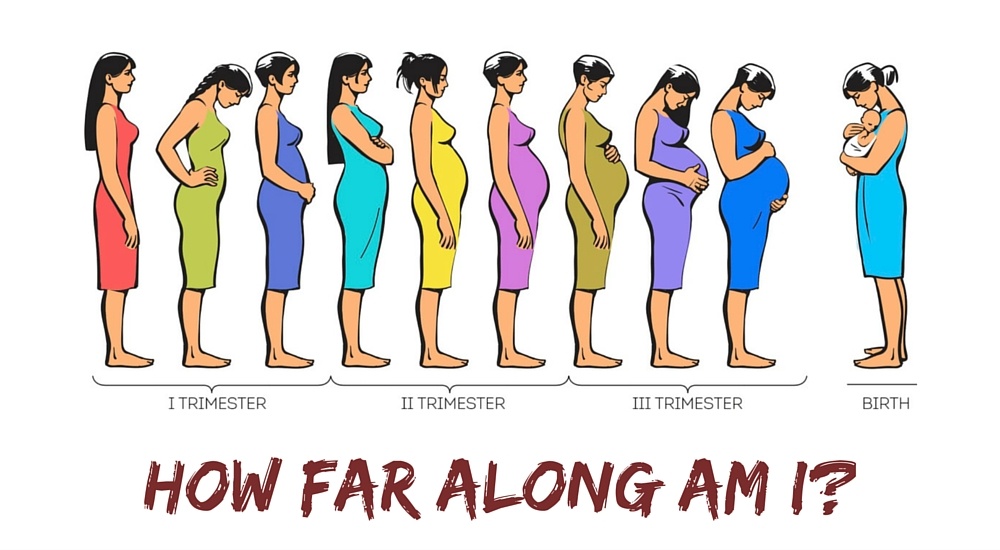
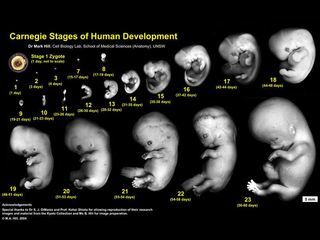
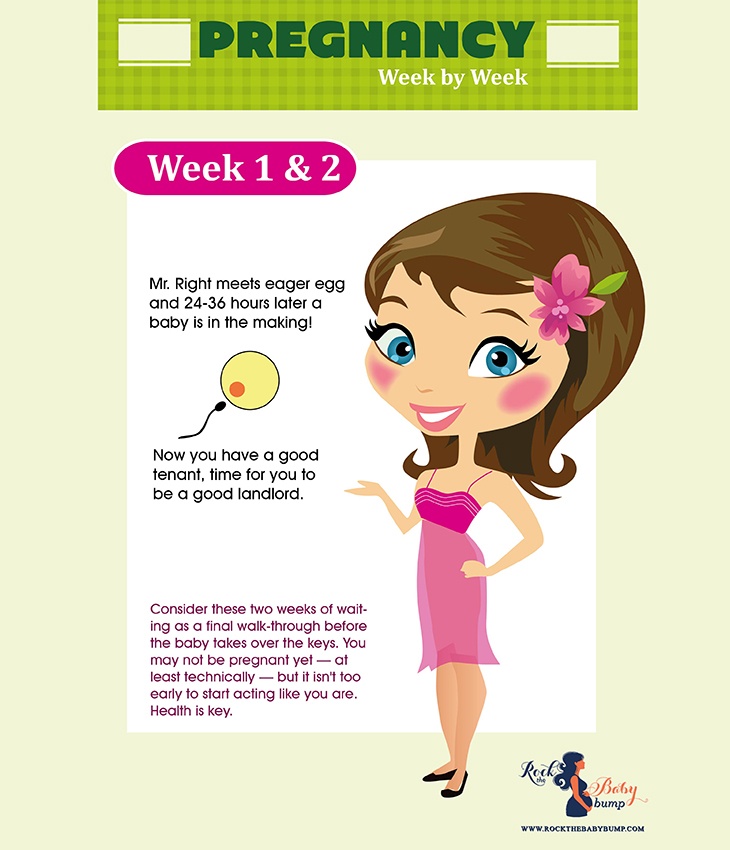
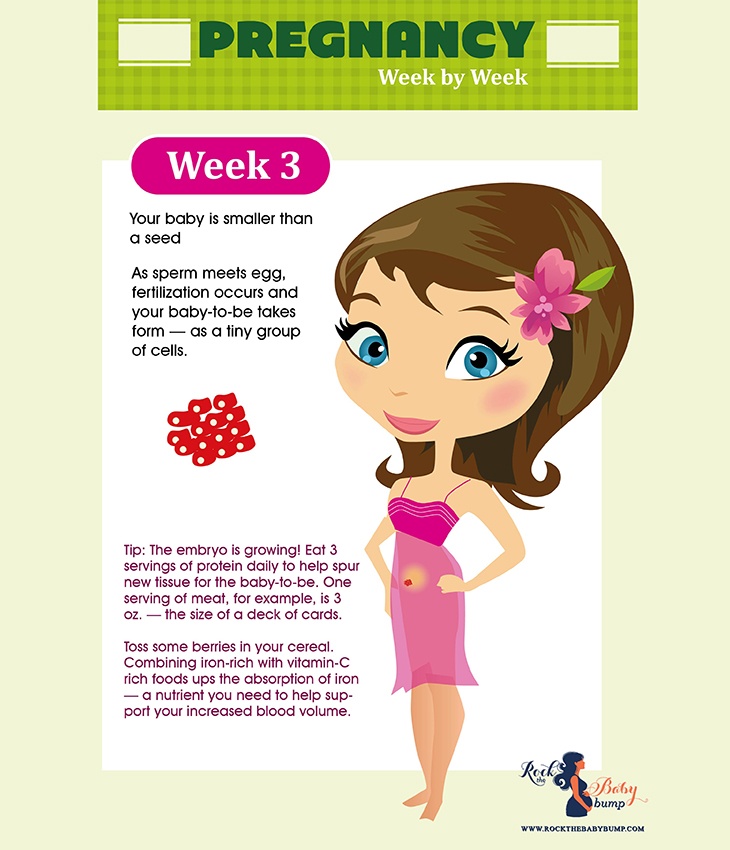
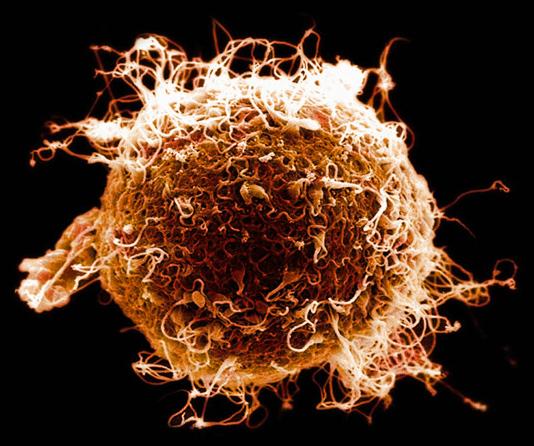
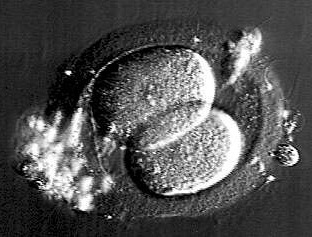

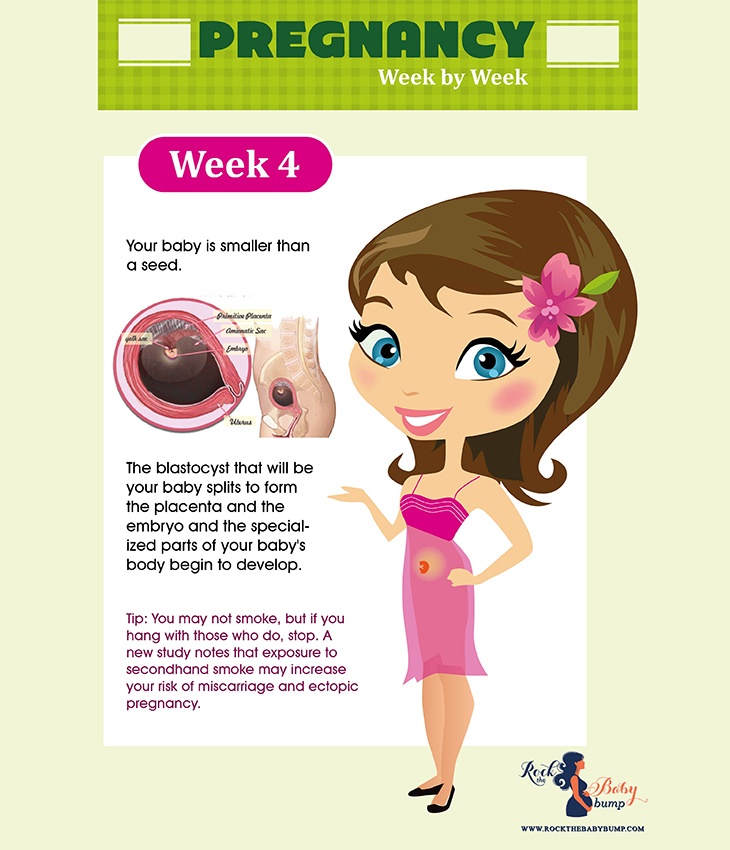
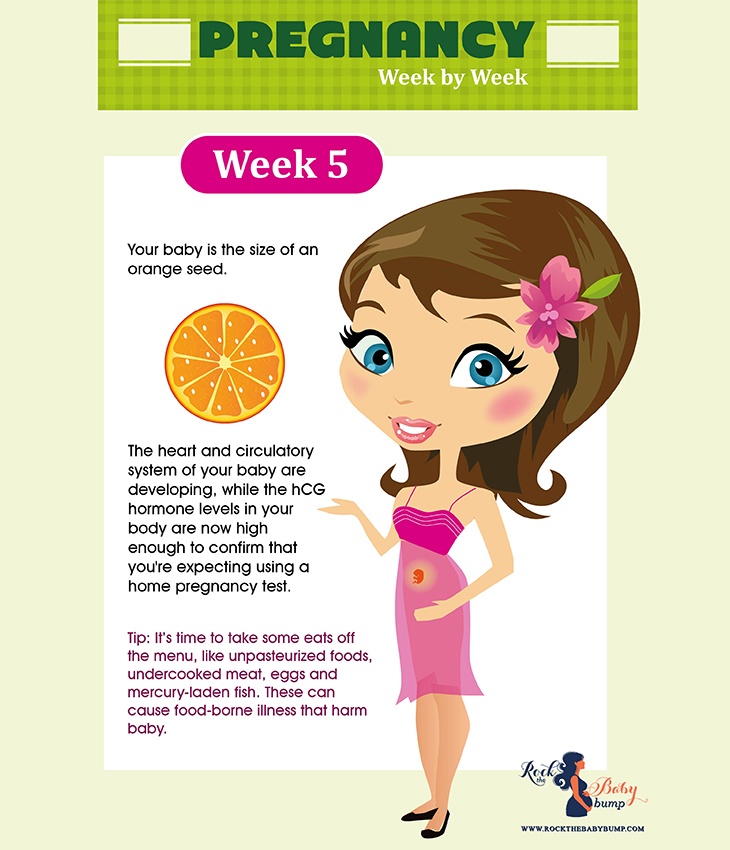
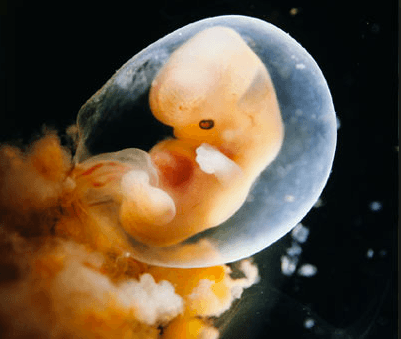
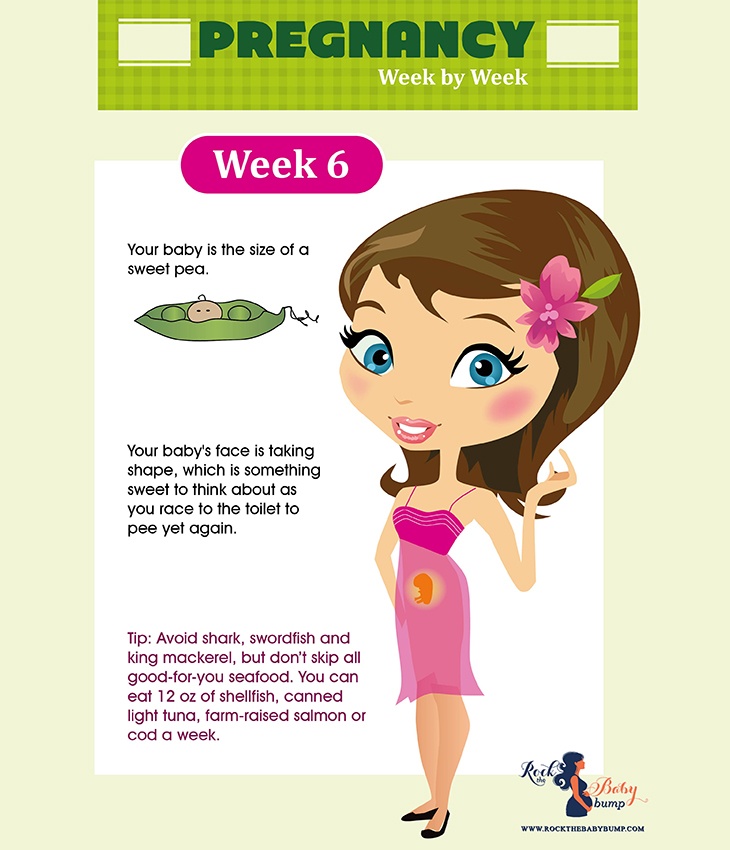
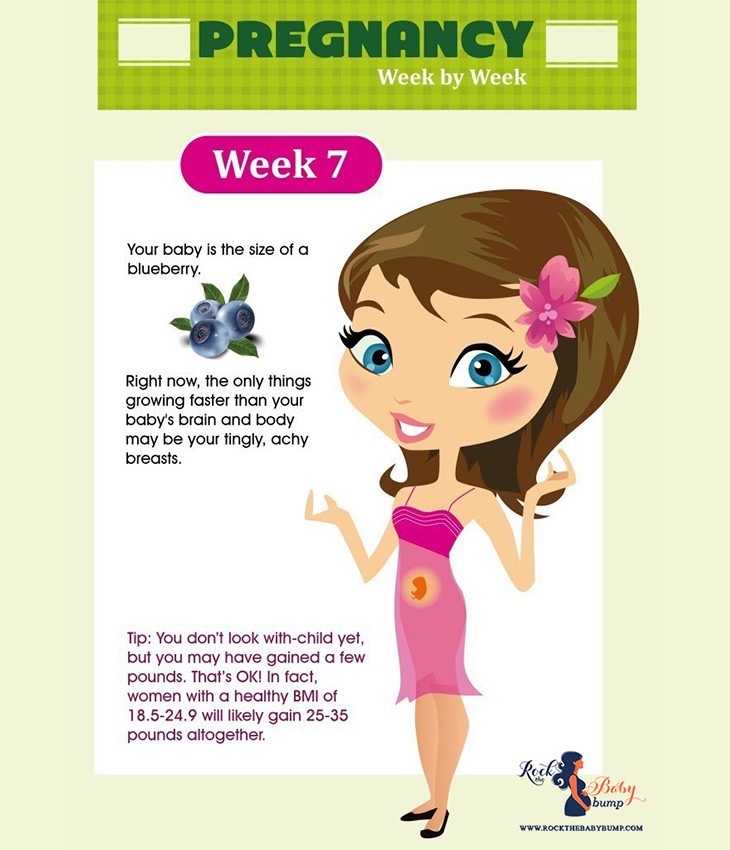
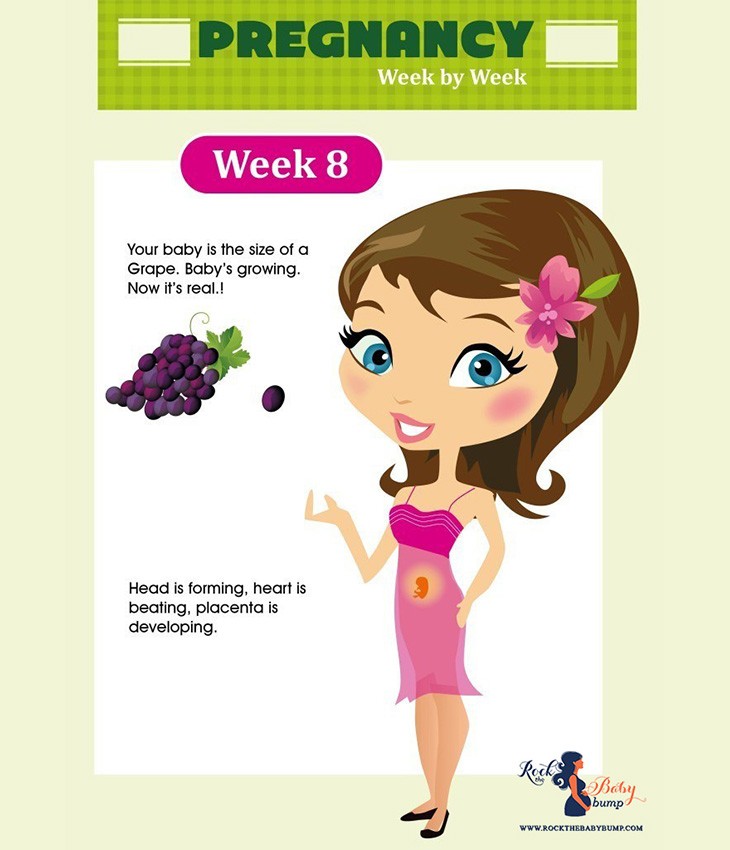

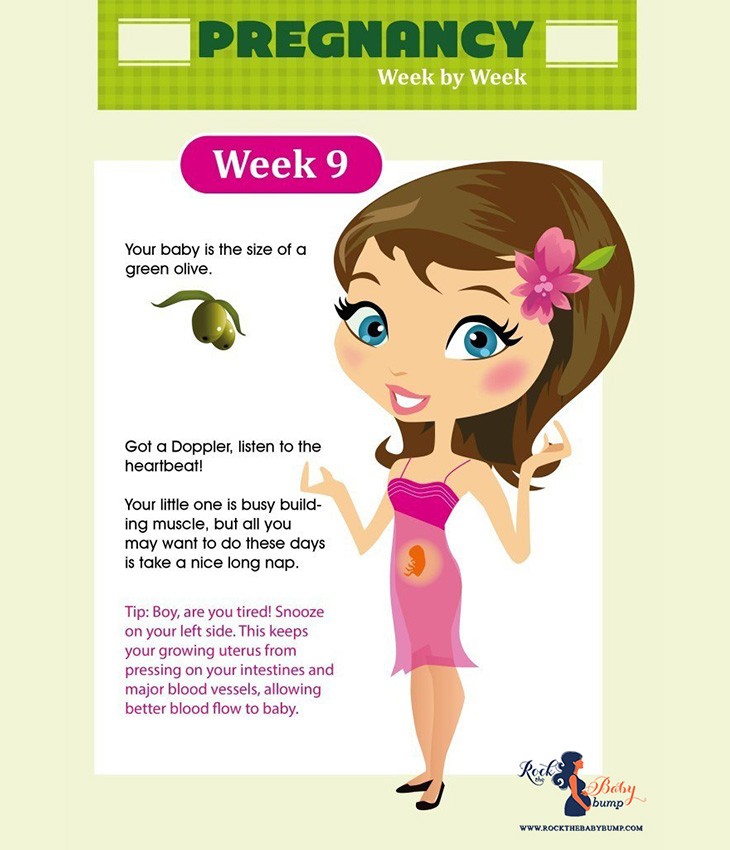
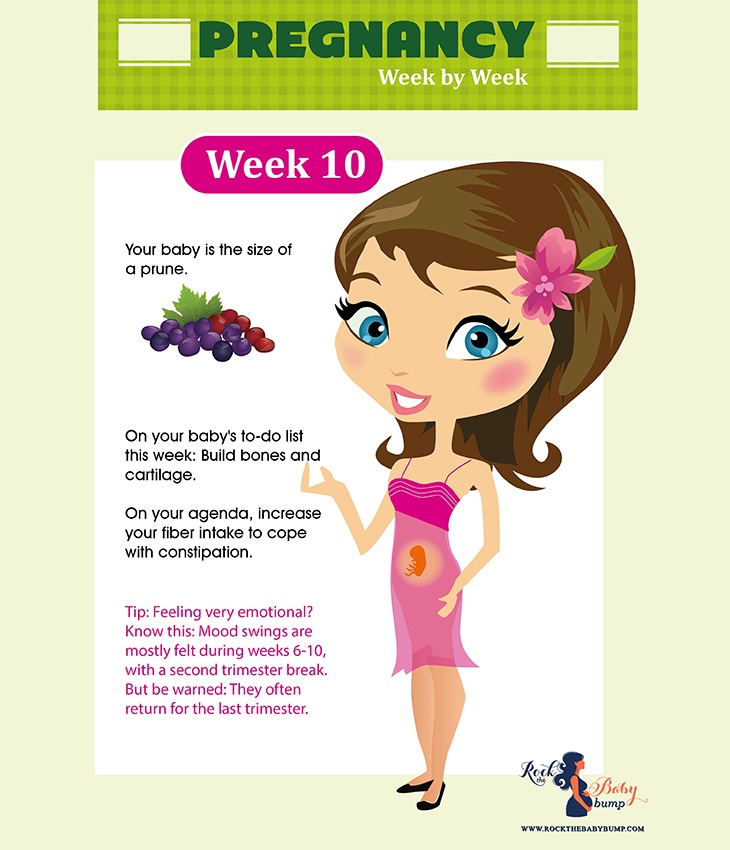
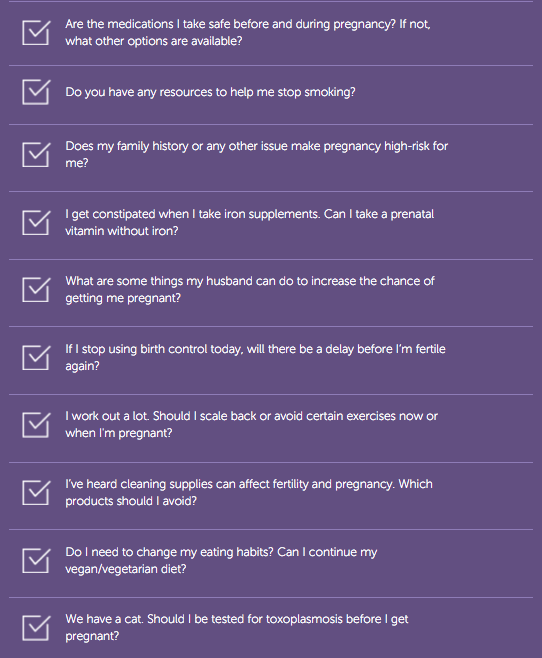
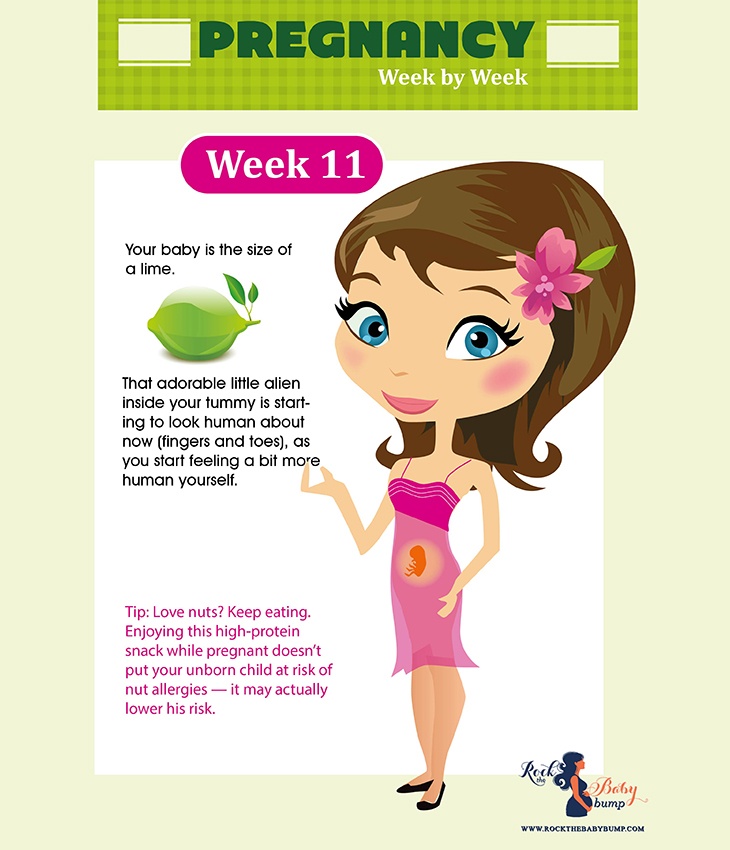
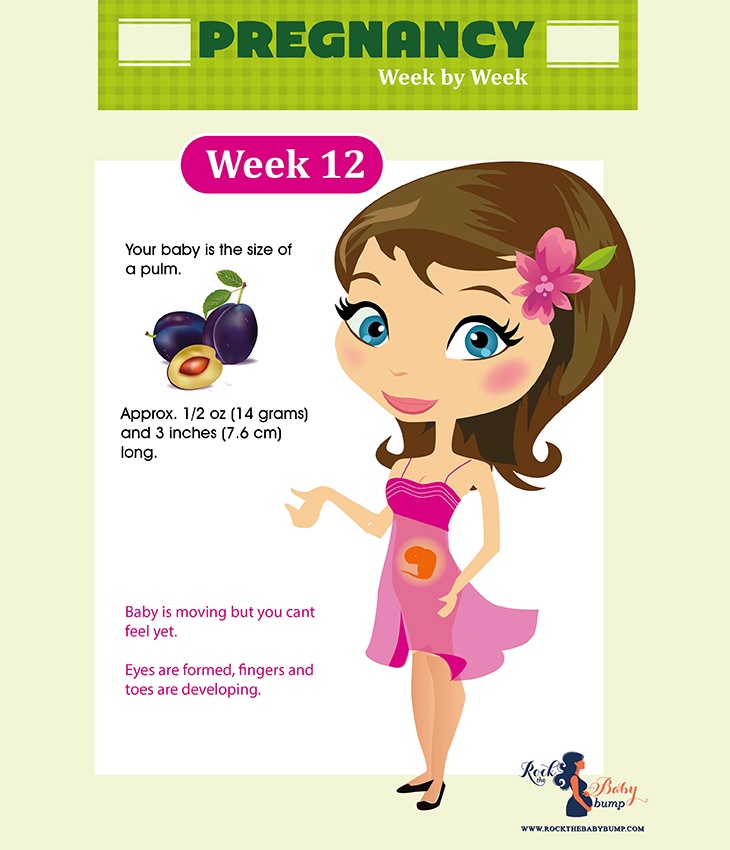

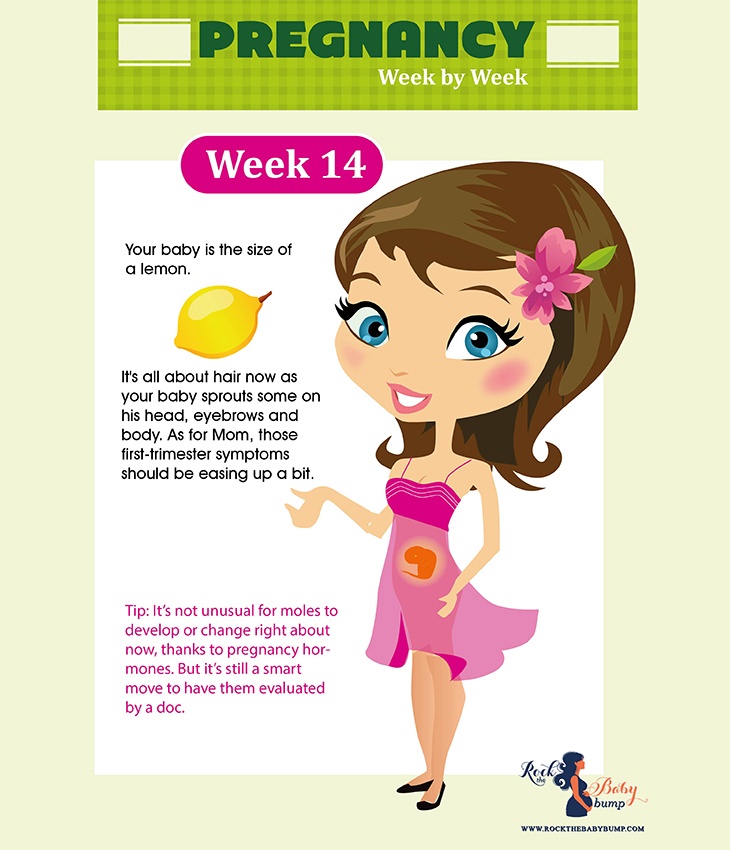
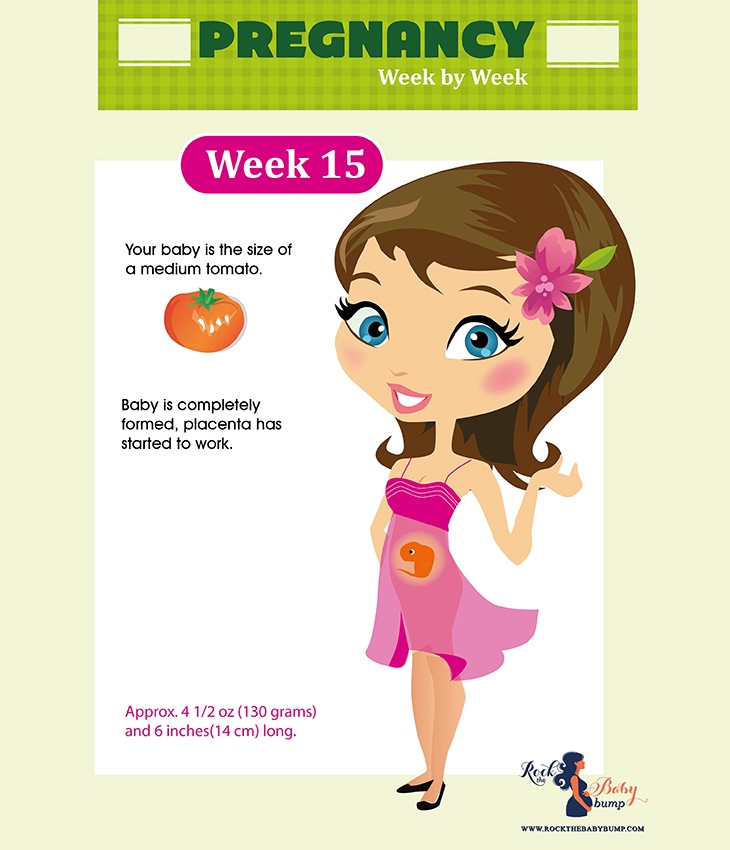
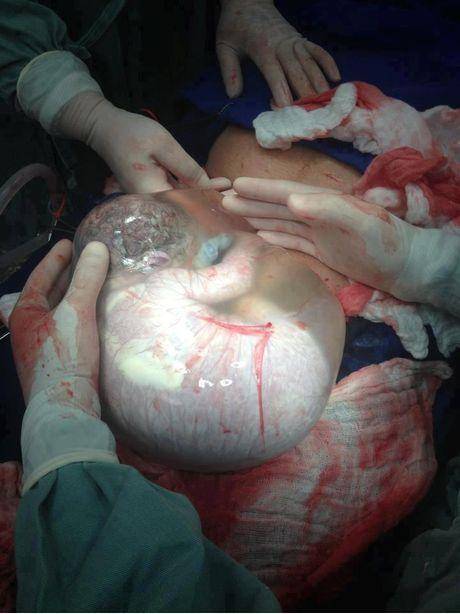

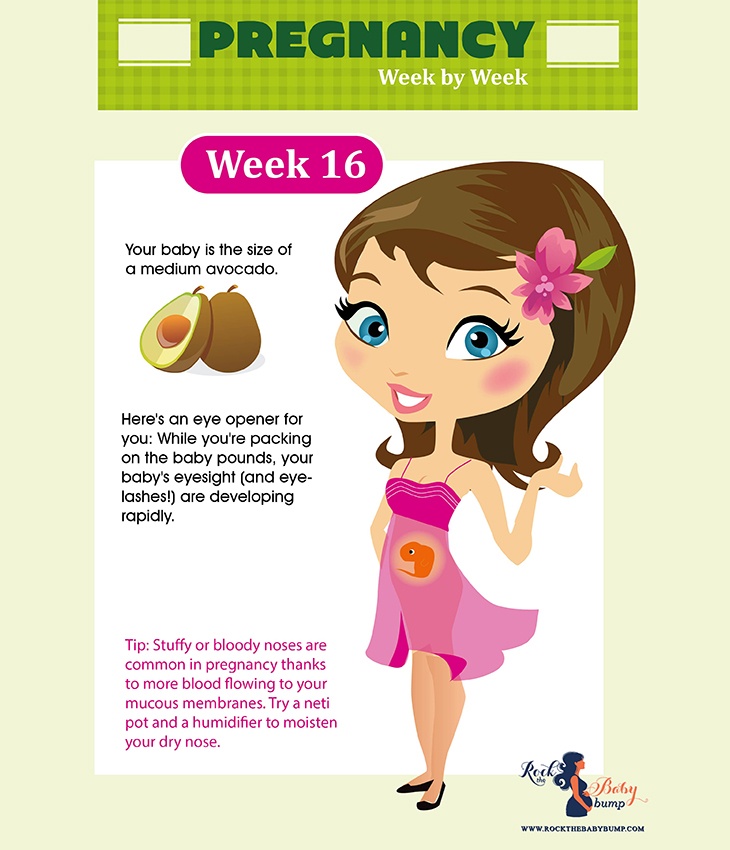
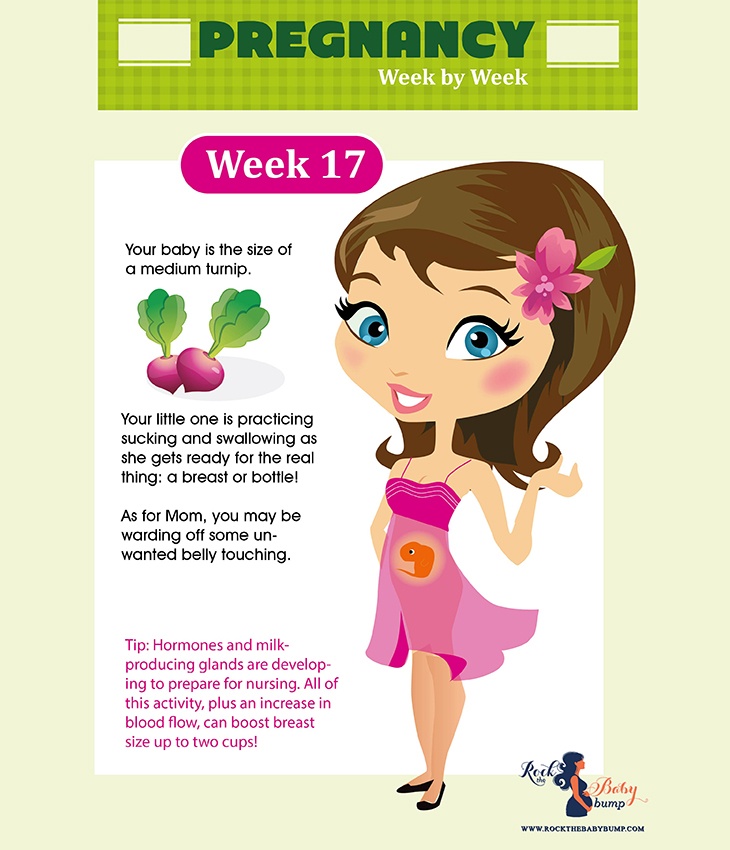


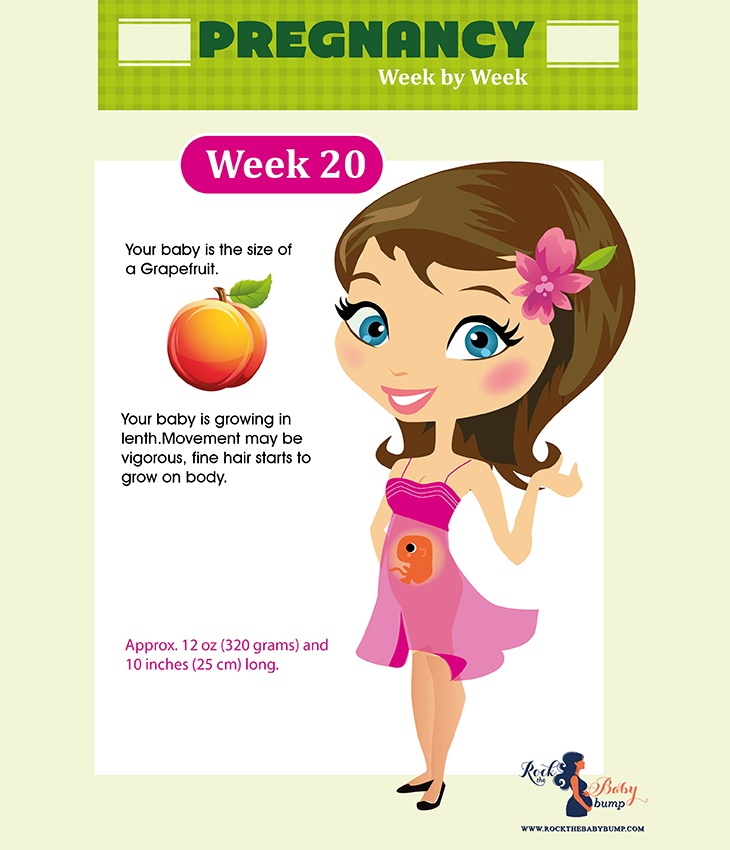
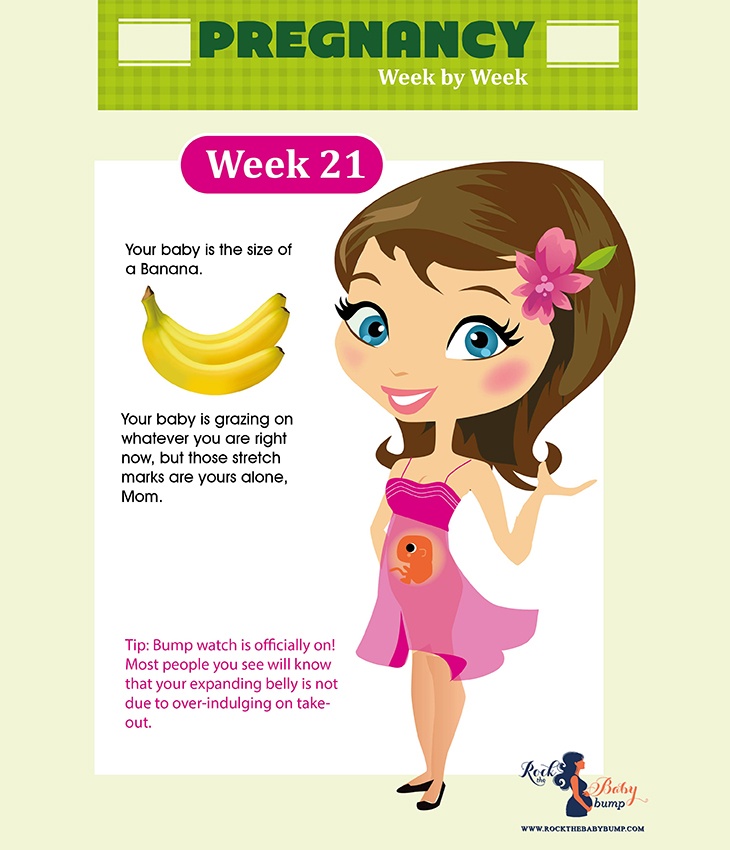
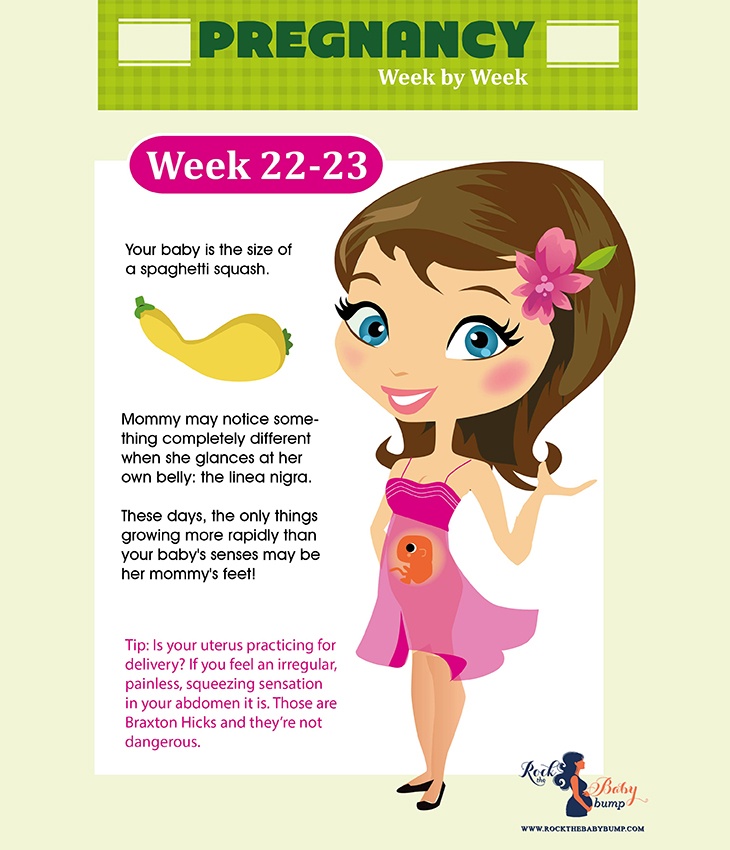

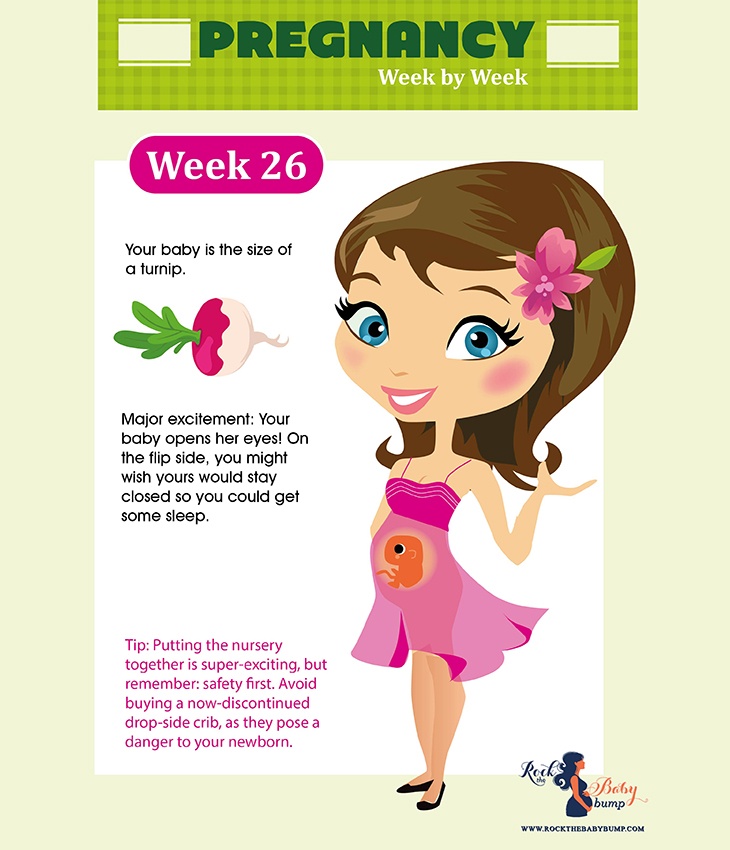
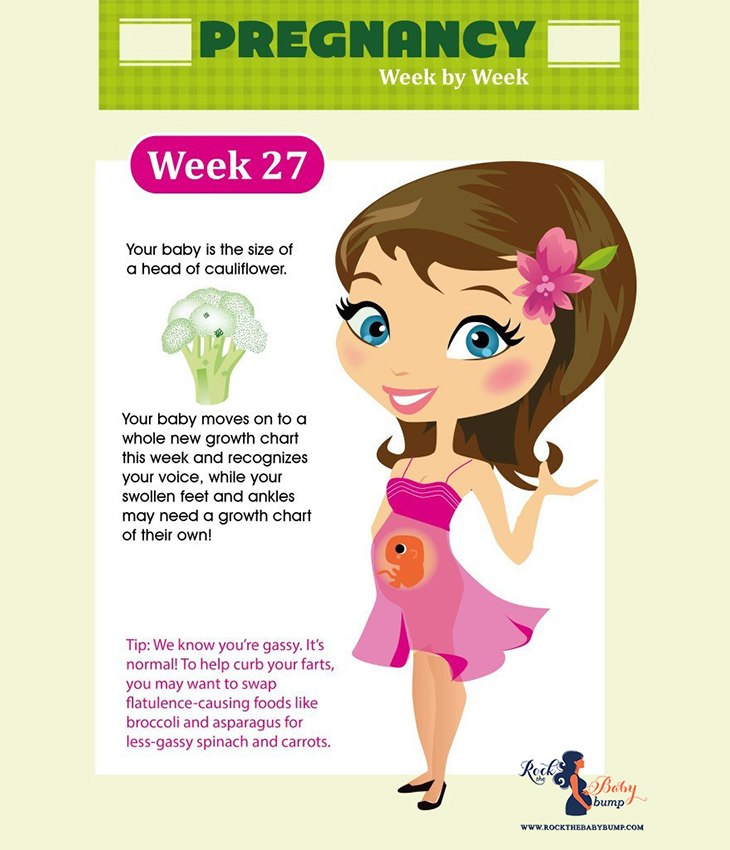
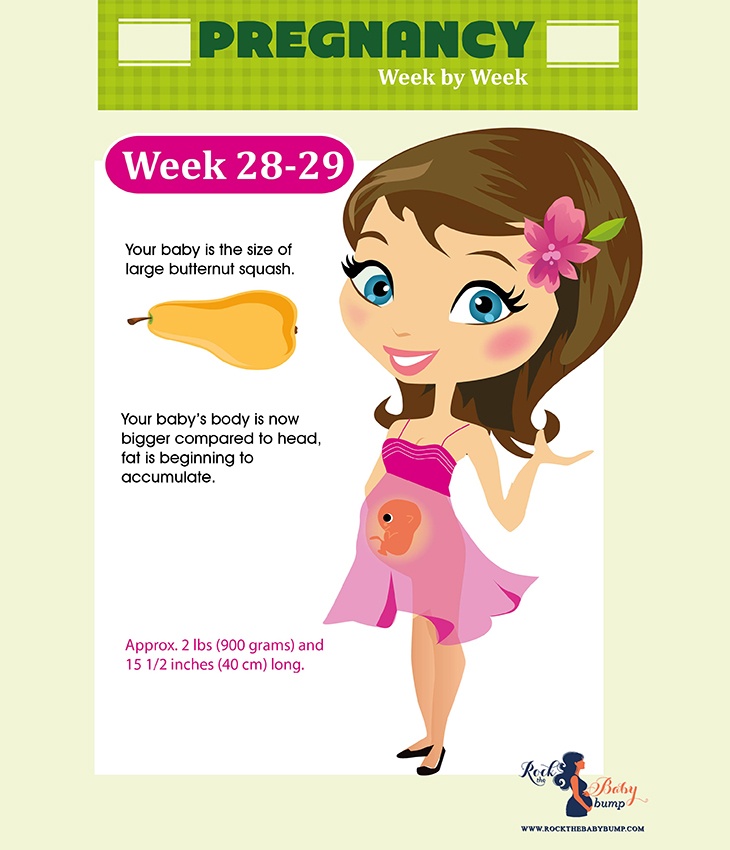
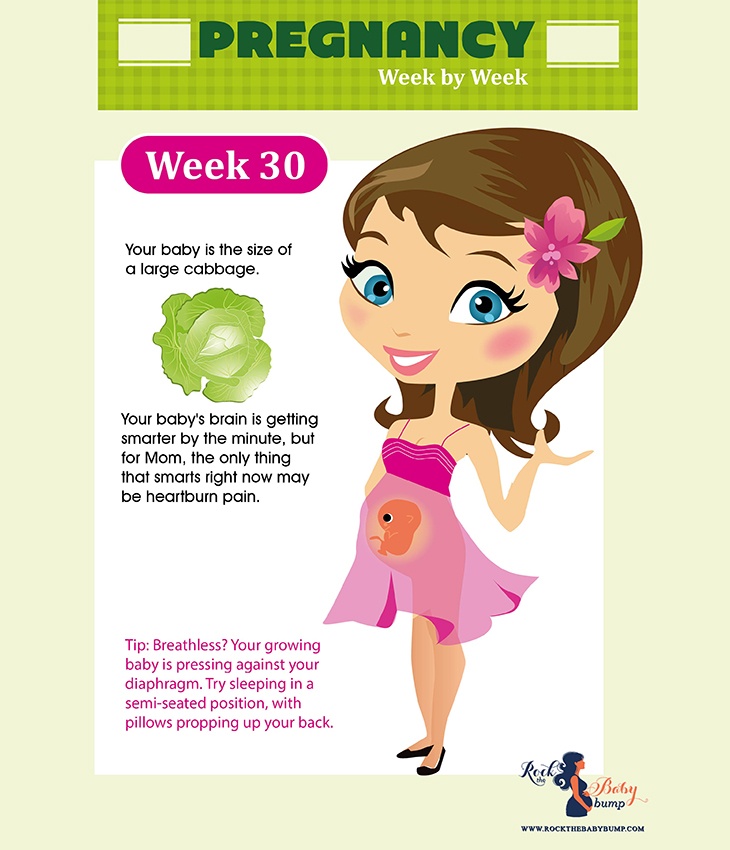
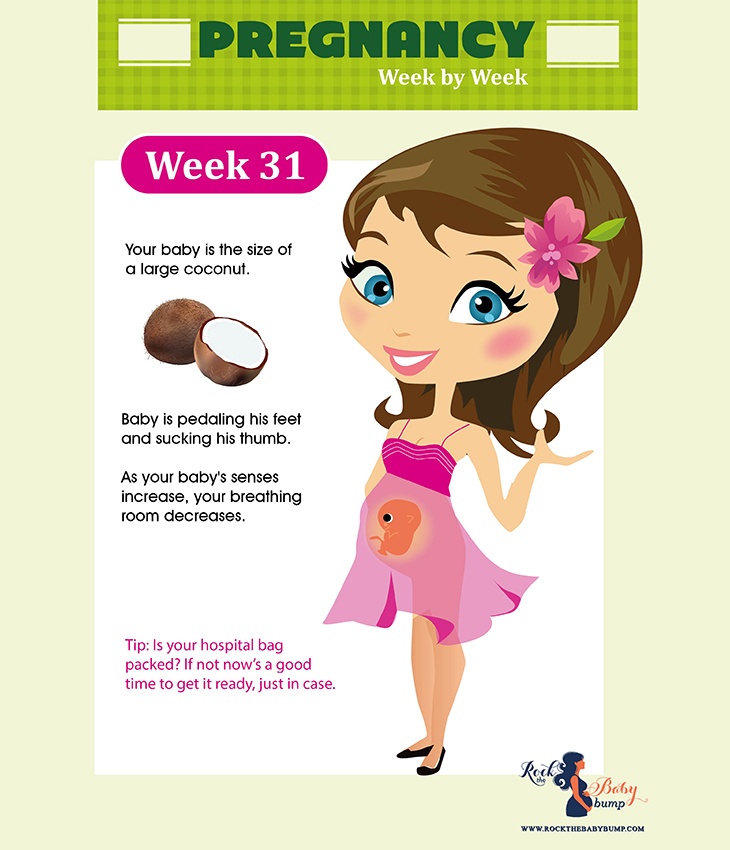
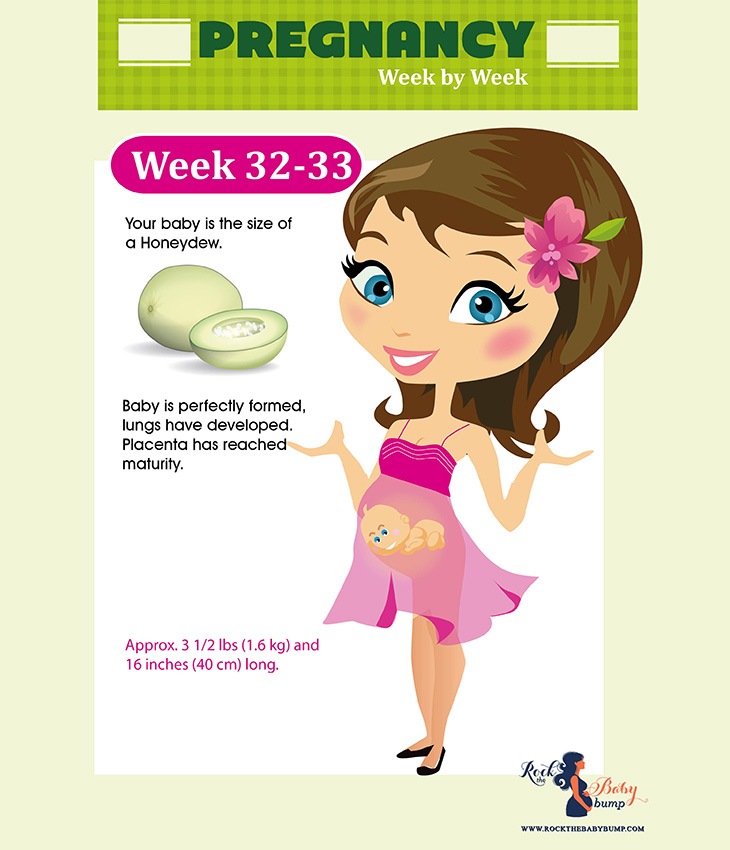
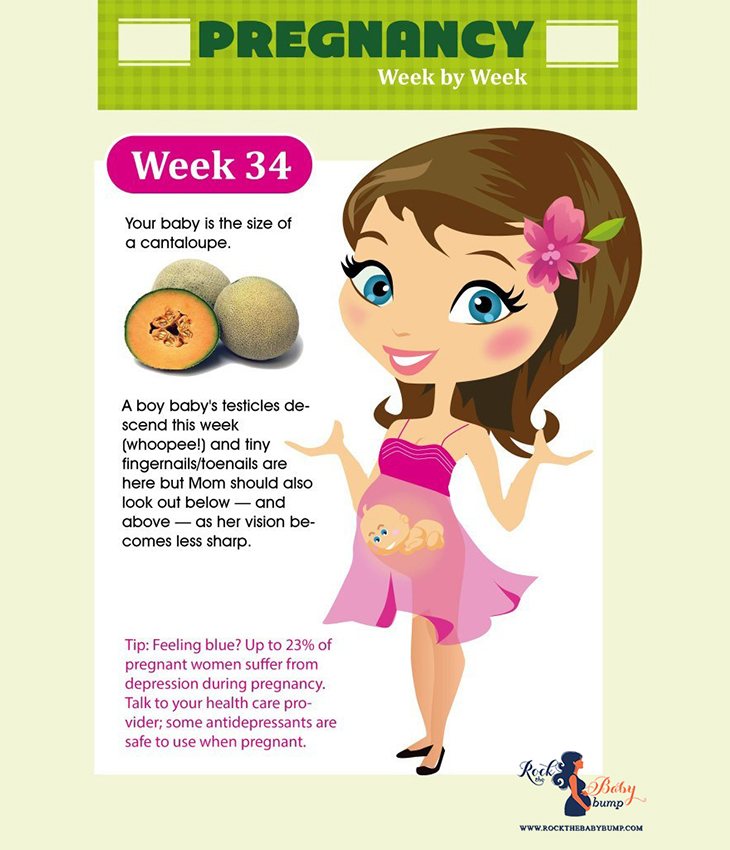
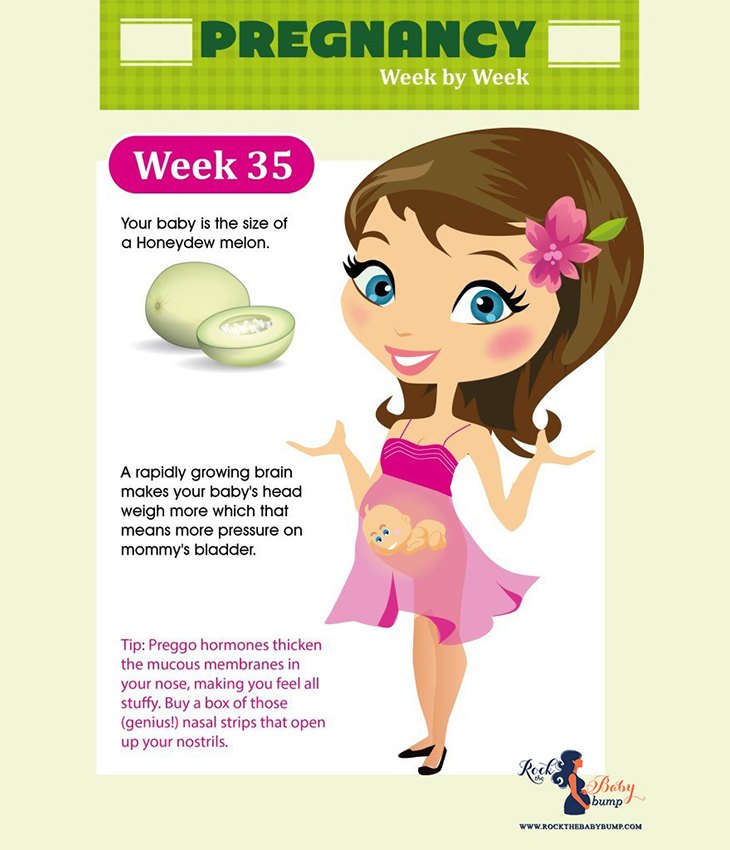
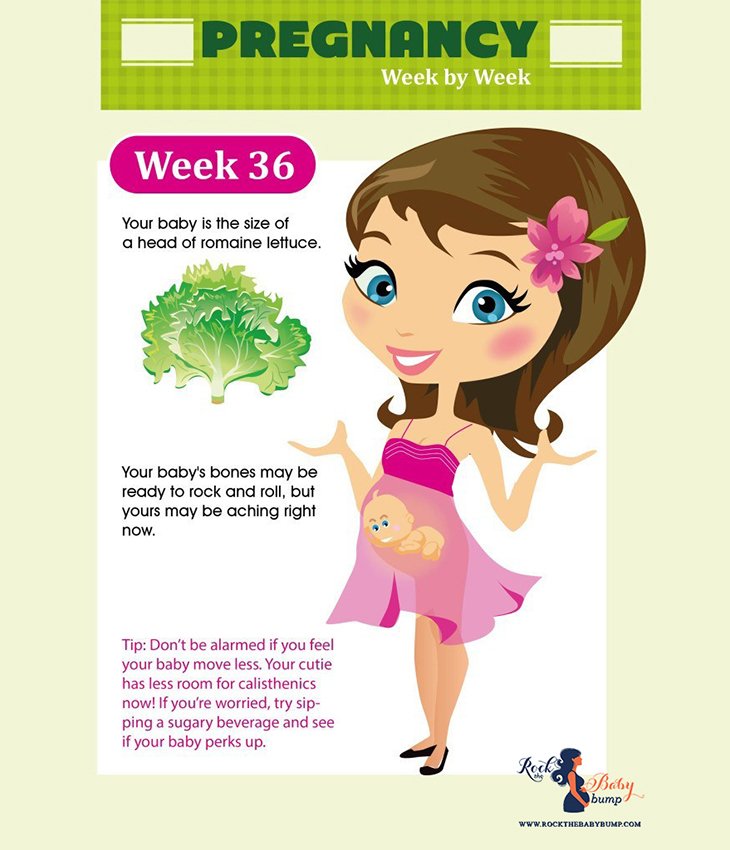
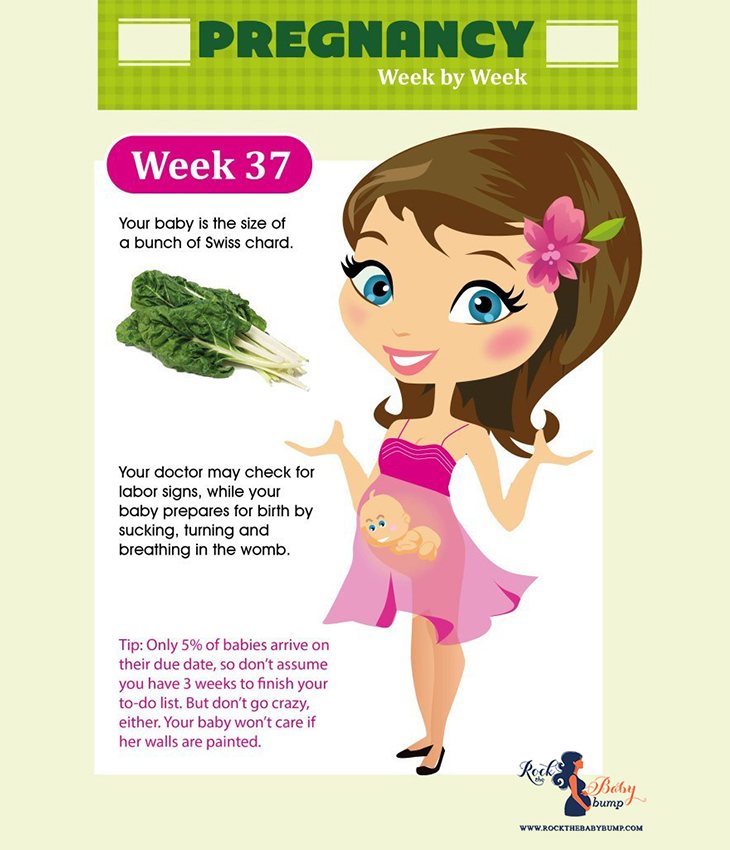
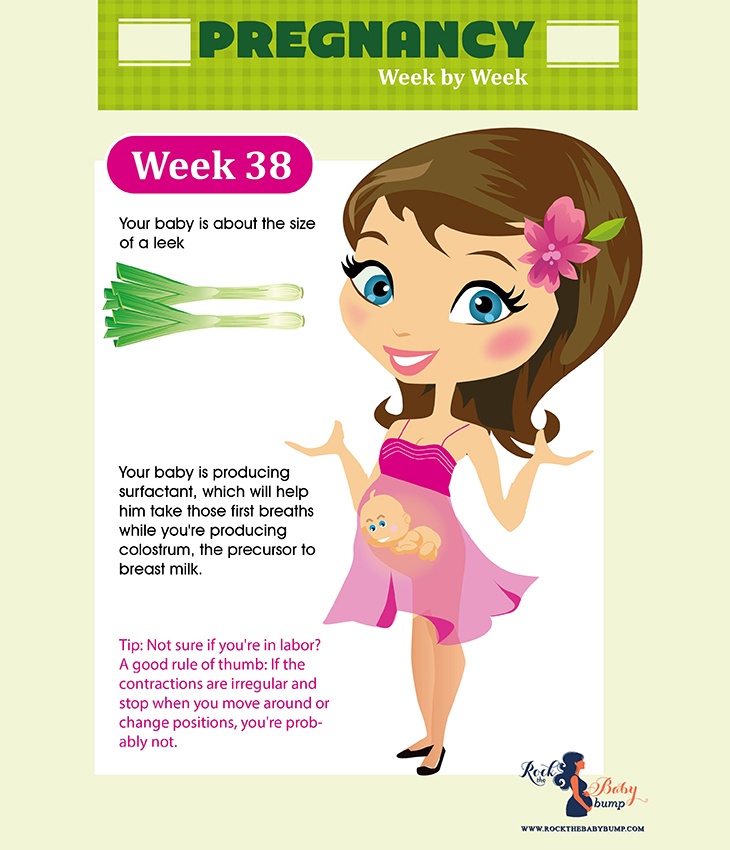
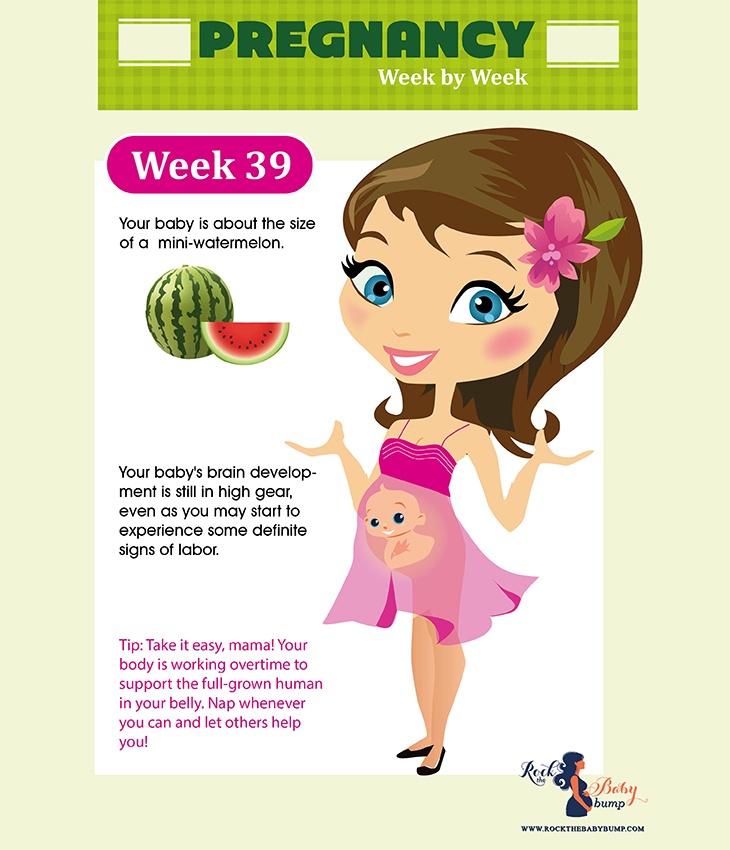


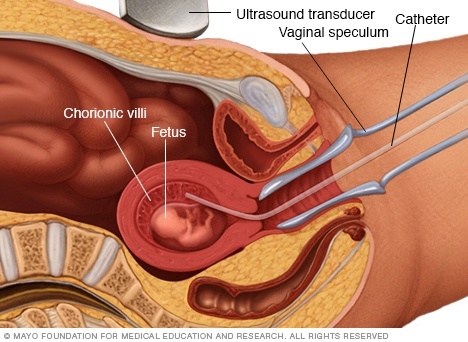
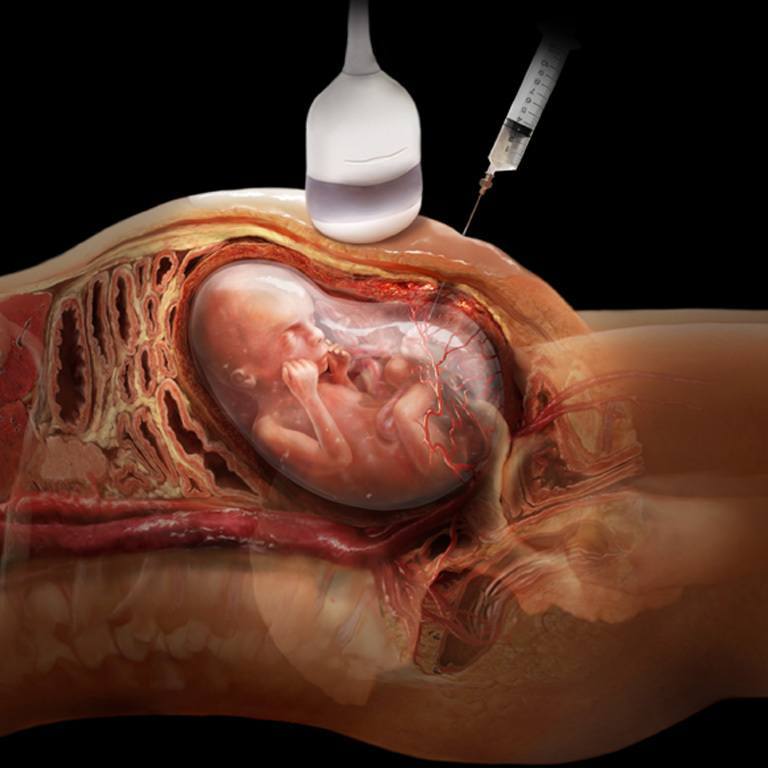

[…] [Read: How Far Along Am I ] […]